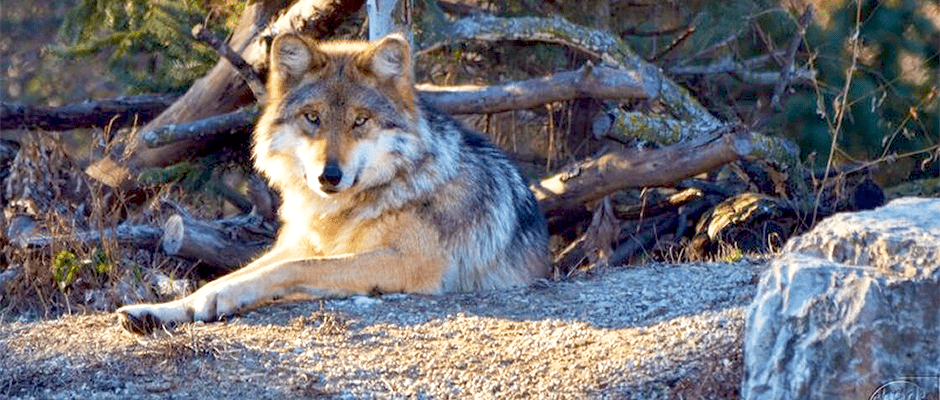Share this article
New Mexico Chapter Encourages Mexican Wolf Releases
The New Mexico Chapter of the Wildlife Society sent a letter on November 21 to the New Mexico Game Commission and the New Mexico Department of Game and Fish encouraging them to reconsider their decision to deny permits to the U.S. Fish and Wildlife Service for releases of Mexican wolves (Canis lupus baileyi) into New Mexico. They also encouraged issuing permits to Ted Turner’s Ladder Ranch, which would allow them to continue to breed captive Mexican wolves.
New Mexico’s Game Commission upheld the Department’s rejection of FWS’ permit applications in October. The Department denied the permits because the application did not specify how many wolves would be released or where the wolves would be released. Without that information, the Department stated it could not determine if issuing the permits would conflict with their own policy.
In November, the Commission rejected Ted Turner’s Ladder Ranch’s renewal application for hosting captive Mexican wolves. The ranch has raised Mexican wolves for FWS to be used for reintroductions for the past 17 years. The Turner Endangered Species Fund has appealed the decision, and is waiting for the Commission to rule on the appeal.
The Chapter’s letter supports the release of captive bred Mexican wolves into the established wild population in New Mexico. The Chapter expressed concern that lack of genetic variation in the wild population could lead to reduced vigor, reproduction, and survival as well as impede its ability to adapt to environmental change. The letter argues the wild population’s genetic health can be improved by releasing captive bred wolves whose genetics have been closely monitored.
The letter goes on to discuss the integral role predators like the Mexican wolf have in an ecosystem. Citing multiple research articles, the letter says that the lack of large apex consumers have extensive cascading effects on the ecosystem. Studies found that the lack of predators in an ecosystem can lead to an increased presence of disease and diminish biodiversity. Research at Yellowstone found that a lack of predators altered the riparian structure, but reintroduction of wolves led to recovery in the aspens, willow, and cottonwood browse species.
Brian Hanson, chairperson for the Conservation Affairs Committee in New Mexico stated, “The recovery of the Mexican wolf has been a long, difficult path and yet again, two more obstacles appear; genetic concerns for the wild population and lack of a state permit for the Ladder Ranch captive population. The New Mexico chapter submitted comments to help get the approvals that would remove these obstacles.”
Header Image:
A Mexican wolf (Canis lupus baileyi) at the Brookfield Zoo.
Image Credit: Chad Horwedel, licensed by cc 2.0








